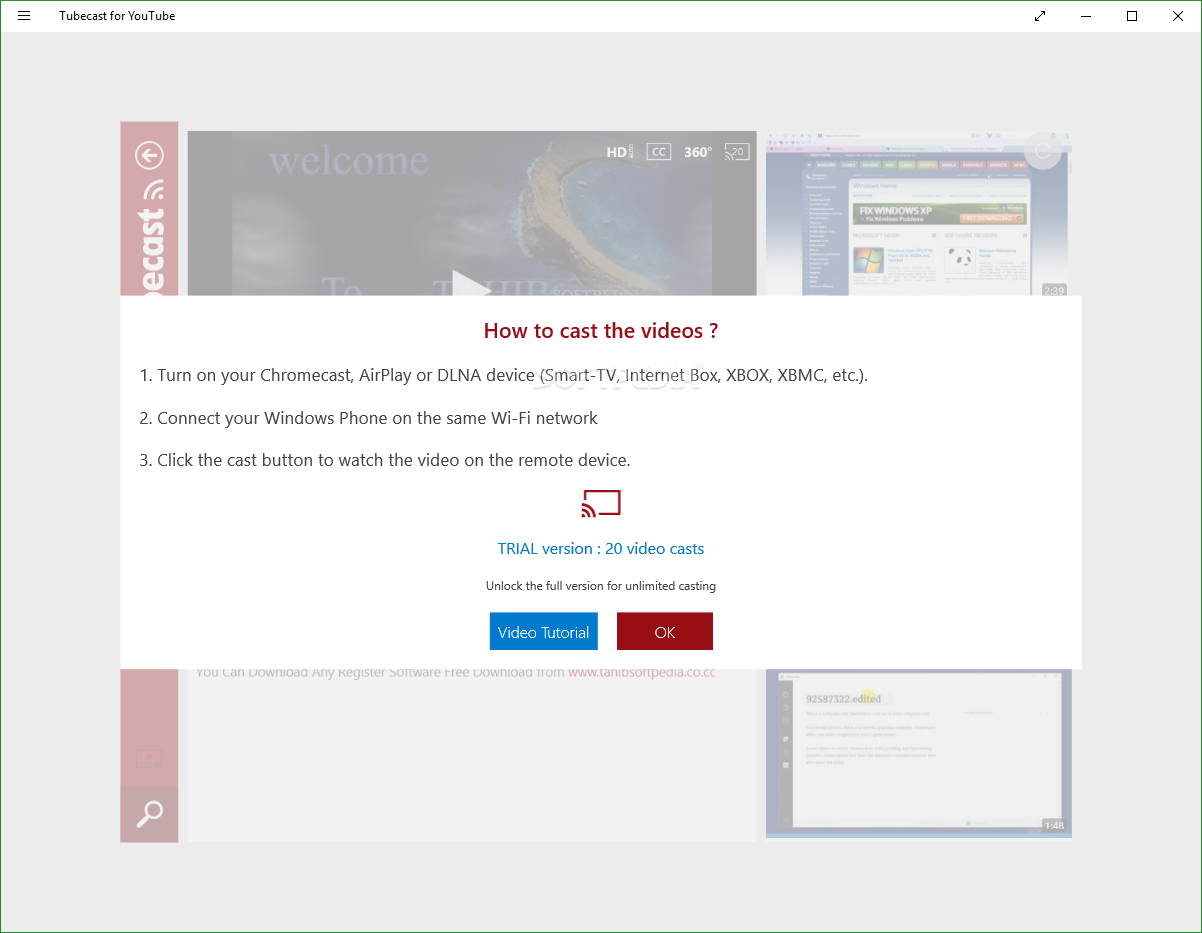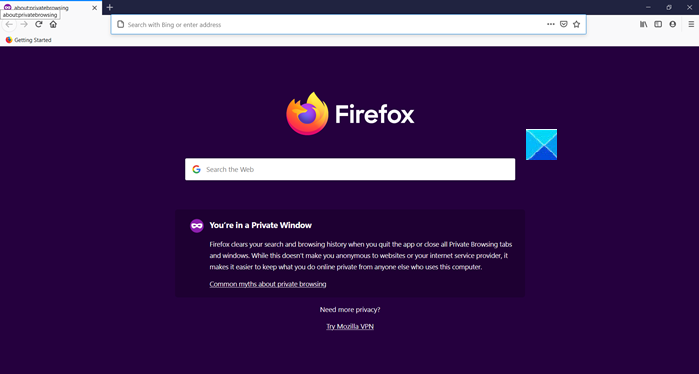
- #Make tubecast available in private mode upgrade#
- #Make tubecast available in private mode software#
If issues are encountered with a version, that version can simply be reverted. Versioning allows for the updates captured in the differencing disk to be staged (Maintenance, Test, Production) before those changes become available to Production devices. Each new version remains directly associated with the base image. When updates are made to a vDisk in Standard Image mode, changes against the base vDisk image are captured in a differencing disk file (.Avhdx), resulting in a new version of the base image. If a machine becomes infected with a virus or spyware, the target device only needs to reboot the image. Because the vDisk is read-only, each time a target device boots, it always boots from a ‘clean’ vDisk. There are several write-cache options available. Each target device then builds a write cache to store any writes the operating system needs to make. When a vDisk is configured to use Standard Image mode, it is set to read-only mode. This mode reduces the amount of vDisk management and reduces storage requirements. Standard Image mode allows multiple target devices to stream from a single vDisk image at the same time. Private Image – Select this mode if a vDisk is only used by a single target device (read/write access is enabled).Standard Image – Select this mode if a vDisk is shared by multiple target devices (write-cache options enabled).Use the Console to select from the following vDisk access modes: Questo articolo è stato tradotto automaticamente. (Aviso legal)Įste artigo foi traduzido automaticamente.

(Clause de non responsabilité)Įste artículo ha sido traducido automáticamente. (Haftungsausschluss)Ĭe article a été traduit automatiquement. This article has been machine translated.ĭieser Artikel wurde maschinell übersetzt. Questo contenuto è stato tradotto dinamicamente con traduzione automatica. (Aviso legal)Įste texto foi traduzido automaticamente. (Clause de non responsabilité)Įste artículo lo ha traducido una máquina de forma dinámica. (Haftungsausschluss)Ĭet article a été traduit automatiquement de manière dynamique. This content has been machine translated dynamically.ĭieser Inhalt ist eine maschinelle Übersetzung, die dynamisch erstellt wurde. Provisioning vGPU-enabled XenDesktop machines Managing multiple network interface cardsĮnabling or disabling printers on a vDiskĭeploying virtual desktops to VMs using the XenDesktop Setup Wizard SQL AlwaysOn for SQL Server 2012, 2014, and 2016Ĭonfiguring for high availability with shared storageĬonfiguring the boot file for high availabilityĬonfiguring vDisks for Active Directory management Managing for highly available implementations Sending messages to target devices within a collection Shutting down target devices within a collection Restarting target devices within a collection Importing target devices into a collectionīooting target devices within a collection Selecting the write cache destination for standard vDisk imagesĬonfiguring a vDisk for Microsoft Volume LicensingĪdding existing vDisks to a vDisk pool or storeĪssigning vDisks and versions to target devices

Moving target devices between collectionsĬonfiguring target devices that use personal vDisksĬreate Common Images for use with XenServer VMs and Physical Devices, or Blade ServersĬreating a Common Image for use with Multiple Physical Device Types Setting the target device as the template for this collectionĬopying and pasting target device propertiesĬhecking a target device's status from the console Providing Provisioning Servers with access to stores Starting, stopping, or restarting Provisioning Servicesīalancing the target device load on Provisioning ServersĬhecking for Provisioning Server vDisk access updatesĬonfiguring Provisioning Servers manuallyĭisabling write cache to improve performance when using storage device drives Uninstalling Provisioning Services product softwareĬonfiguring the bootstrap file from the consoleĮnable SQL Server Always On multi-subnet failoverĬopying and pasting Provisioning Server properties Using the Imaging Wizard to create a new vDisk Preparing a master target device for imaging
#Make tubecast available in private mode software#
Installing Provisioning Services Console software Running the Configuration Wizard silently Installing Provisioning Services Server software
#Make tubecast available in private mode upgrade#
Upgrading a Provisioning Services target device vDisk using in-place upgrade Installing and configuring Provisioning Services Provisioning Services administrator roles Provisioning Services product infrastructure


 0 kommentar(er)
0 kommentar(er)
